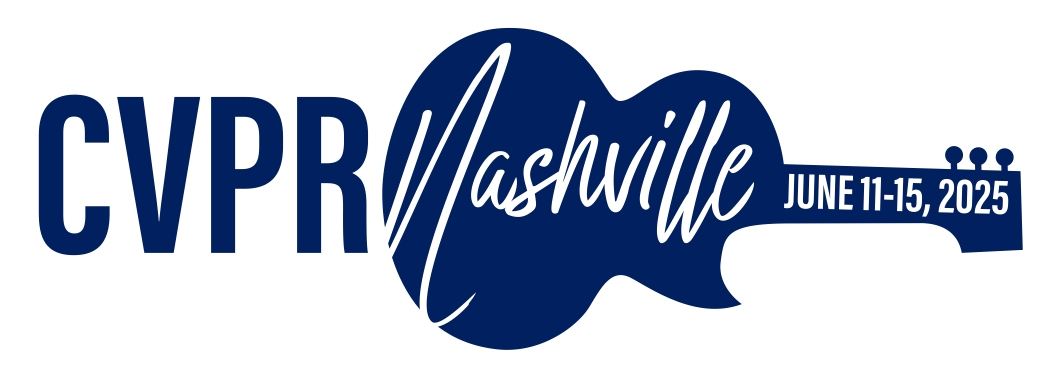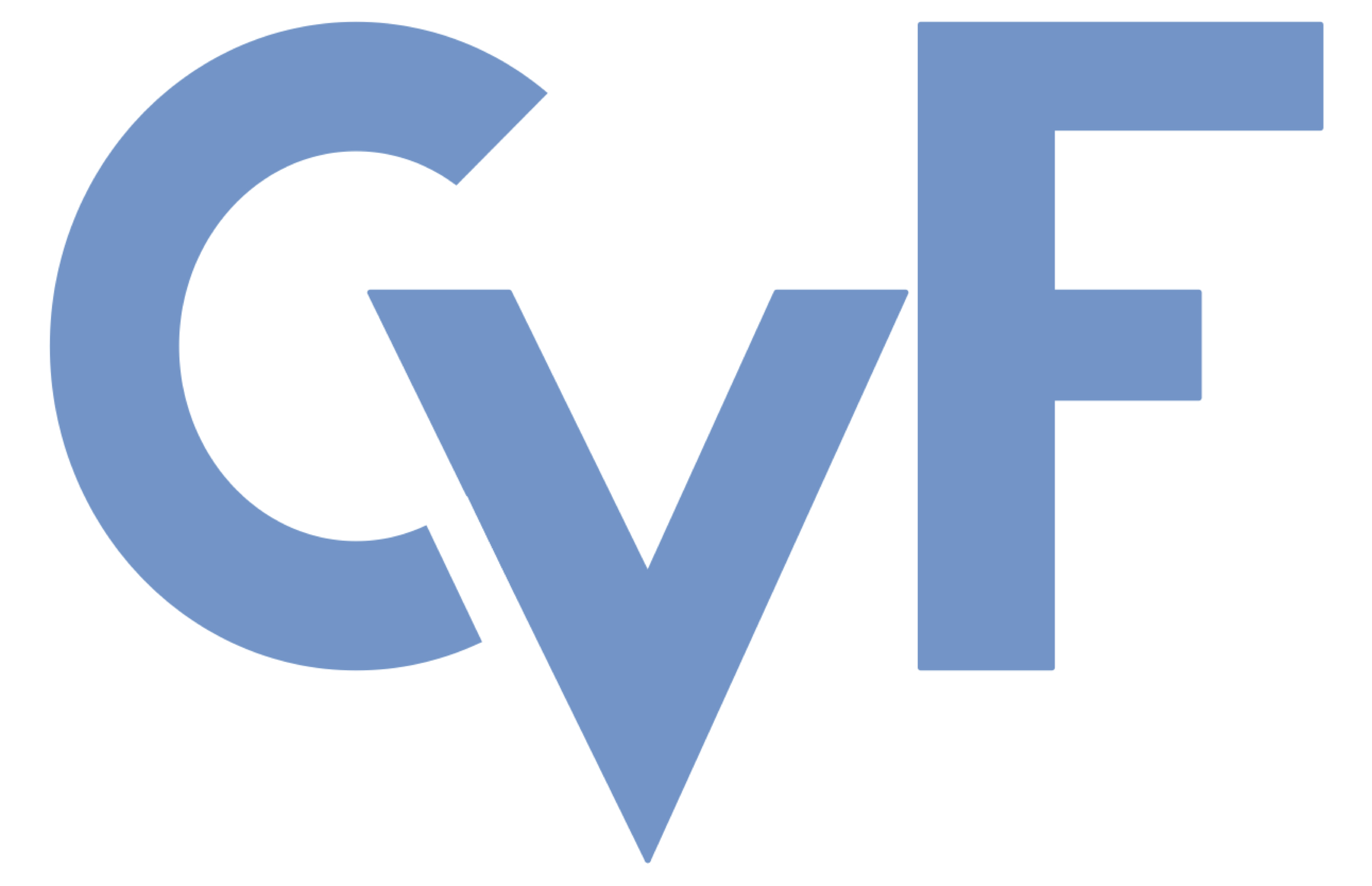-
[pdf]
[supp]
[arXiv]
[bibtex]@InProceedings{Jin_2025_CVPR, author = {Jin, Ying and Peng, Jinlong and He, Qingdong and Hu, Teng and Wu, Jiafu and Chen, Hao and Wang, Haoxuan and Zhu, Wenbing and Chi, Mingmin and Liu, Jun and Wang, Yabiao}, title = {Dual-Interrelated Diffusion Model for Few-Shot Anomaly Image Generation}, booktitle = {Proceedings of the IEEE/CVF Conference on Computer Vision and Pattern Recognition (CVPR)}, month = {June}, year = {2025}, pages = {30420-30429} }
Dual-Interrelated Diffusion Model for Few-Shot Anomaly Image Generation
Abstract
The performance of anomaly inspection in industrial manufacturing is constrained by the scarcity of anomaly data. To overcome this challenge, researchers have started employing anomaly generation approaches to augment the anomaly dataset. However, existing anomaly generation methods suffer from limited diversity in the generated anomalies and struggle to achieve a seamless blending of this anomaly with the original image. Moreover, the generated mask is usually not aligned with the generated anomaly. In this paper, we overcome these challenges from a new perspective, simultaneously generating a pair of the overall image and the corresponding anomaly part. We propose DualAnoDiff, a novel diffusion-based few-shot anomaly image generation model, which can generate diverse and realistic anomaly images by using a dual-interrelated diffusion model, where one of them is employed to generate the whole image while the other one generates the anomaly part. Moreover, we extract background and shape information to mitigate the distortion and blurriness phenomenon in few-shot image generation. Extensive experiments demonstrate the superiority of our proposed model over state-of-the-art methods in terms of diversity, realism and the accuracy of mask. Overall, our approach significantly improves the performance of downstream anomaly inspection tasks, including anomaly detection, anomaly localization, and anomaly classification tasks. Code will be made available.
Related Material





